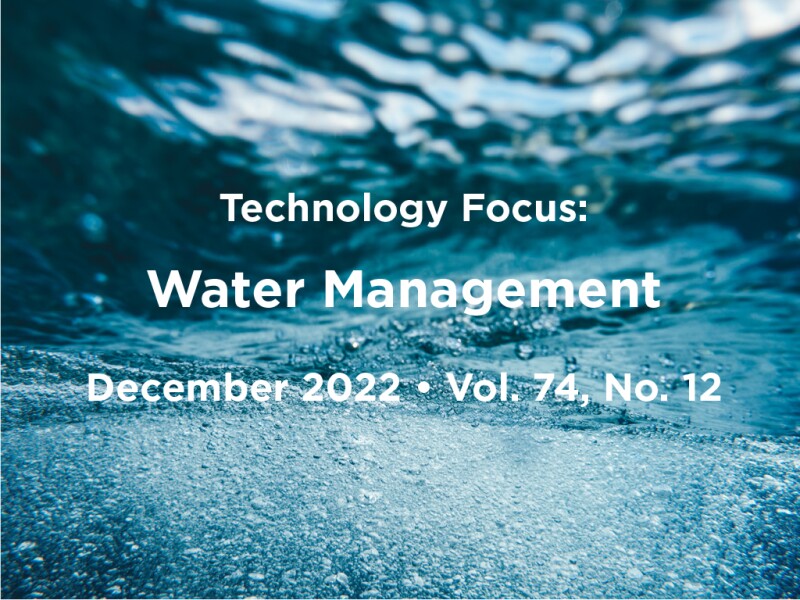2022 has presented many challenges—not just inflation. Lowering water levels at Lake Mead and Lake Powell resulted in water crises in many states. Globally, many rivers dried, and that brought to surface over-5,000-year-old archeological artifacts that had been buried. An United Nations report says that nearly 4 billion people (approximately 60% of the world population) face water crises at least for a month every year. Despite all these admonishments, water—an essential raw material in industrial sector and a vital resource for human living—could be handled with more value and respect. The dollar value of water usage is much lower in the US compared with other regions, where it is more than twice its purchased value.
The last 30 years or so have seen scientists and environmentalists apply conscientious use of technologies that focused on making water resources sustainable—chemistries that help us treat water, and intuitive and intelligent technologies that minimize need and maximize its purpose and benefit, remove contaminants, and ready it for repurposing. We can agree that awareness is universal, but when it comes to enforcing the actions needed to protect the resource as sustainable, questions about scalability and economic feasibility of many of the novel technologies arise.
The three papers chosen for publication share different approaches to chemically managing high-salinity produced water through commercially viable approaches. The identification of processes to treat high salinity levels and the approaches to alter and control the process make the papers not only good for discussion but also practical for all players, big and small.
The introduction of chemistries that are tagged and measurable positively influence discharge restrictions in different regions and could be exploited to stretch water reuse and the dollar value of water. The advent of smart sensors, probes, handhelds such as portable X-ray fluorescence and X-ray diffraction sensors, and machine learning make the treatment and reuse of high-saline water feasible to alleviate the water crisis. Technologies have advanced to lower the energy consumption and usage cost of membrane separation most commonly used in the water‑reuse sector.
The use of fresh water by the industry could be reduced significantly with the adaptation of some or all the smart technologies available today. The industry and the public are at a crossroads today, fighting for the right to use water. Governments are struggling to keep the balance and make the scarcest resource available to both sides. Let there not be another Akkadian empire that becomes extinct because of water.
This Month’s Technical Papers
Integrated Approach Determines Formation-Water Salinity
Produced-Water Salinity Data Optimizes Net Present Value
Rigless Wireline Logging Approach Locates, Addresses Water Sources
Recommended Additional Reading
SPE 200171 Optimizing Waterflood Performance in Mature Fields Using Autonomous Inflow Control Valve Technology by Sufyan Shihab, Petroleum Development Oman, et al.
SPE 209256 Improved Reverse-Osmosis Membranes for Treating Produced Water by Rich Franks, Nitto-Hydranautics, et al.
SPE 204840 A Nano Method for a Big Challenge: Nanosilica-Based Sealing System for Water Shutoff by Ayman Almohsin, Saudi Aramco, et al.

Swamy Margan, SPE, is water technology leader at Baker Hughes and has more than 28 years of engagement with the water-treatment industry in various roles. He holds a degree in chemistry from the University of Madrasa. Margan has authored and presented papers on water treatment and reuse in multiple platforms over many years. He is a member of the JPT Editorial Review Board and can be reached at swamy.margan@bakerhughes.com.

